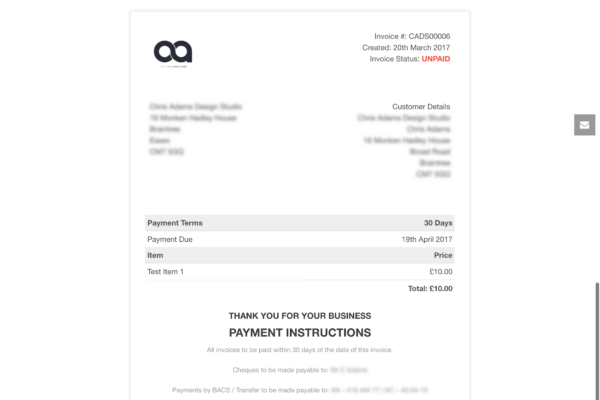

It is common for standards to raise confusion and thus, there is an explanation document present in common man’s language. The standard along with schema is published on the GST portal. GST Council approved the standard of e-Invoice in its 37th meeting held on 20th Sept 2019. Apart from the GST System, the adoption of a standard will also ensure that an e-Invoice a seller shares with any agent in the whole business eco-system can be read by all machines and eliminate data entry errors. This is also important for reporting the details to GST System as part of the Return. Machine readability and uniform interpretation is the key objective of this initiation. Having a standard is a must to ensure complete operability of e-Invoices across the entire GST eco-system so that e-Invoices generated by one software can be read by any other software, thereby eliminating the need for fresh data entry. Since there was never a standard for e-invoice, a standard for the same was finalized after consulting with trade/industry bodies as well as ICAI after keeping the draft in a public place. Starting 1st April 2020, the GST Council started phased introduction of E-invoicing or Electronic Invoicing to report Business to Business (B2B) invoices to GST System.

#INVOICING SYSTEM HOW TO#
E-Invoicing concept Quickbooks e-Invoice Integration E-Invoice Integration for Tally Prime GSTZen E-Invoice – Excel Connector Live Demo GSTZen E-Invoice Billing Application – Live Demo Create E-Invoice in SAP Business One Integration – GSTZen Live Demo GSTZen E-Invoice – Database Connector Live Demo Creating e-Invoice API Login Credentials How to create E-Invoicing portal account How to prepare your business for eInvoicing Frequently Asked Questions Cancel e-Invoice – FAQ E-Invoice Auto-Population – FAQ E-invoice format – FAQ Report E-invoice to GSTN – FAQ E-invoice General – FAQ Invoice Reference Number (IRN) Invoice Registration Portal (IRP) Quick Reference Code (QR Code) Format of E-Invoice – Schema Terms and Definitions


 0 kommentar(er)
0 kommentar(er)
